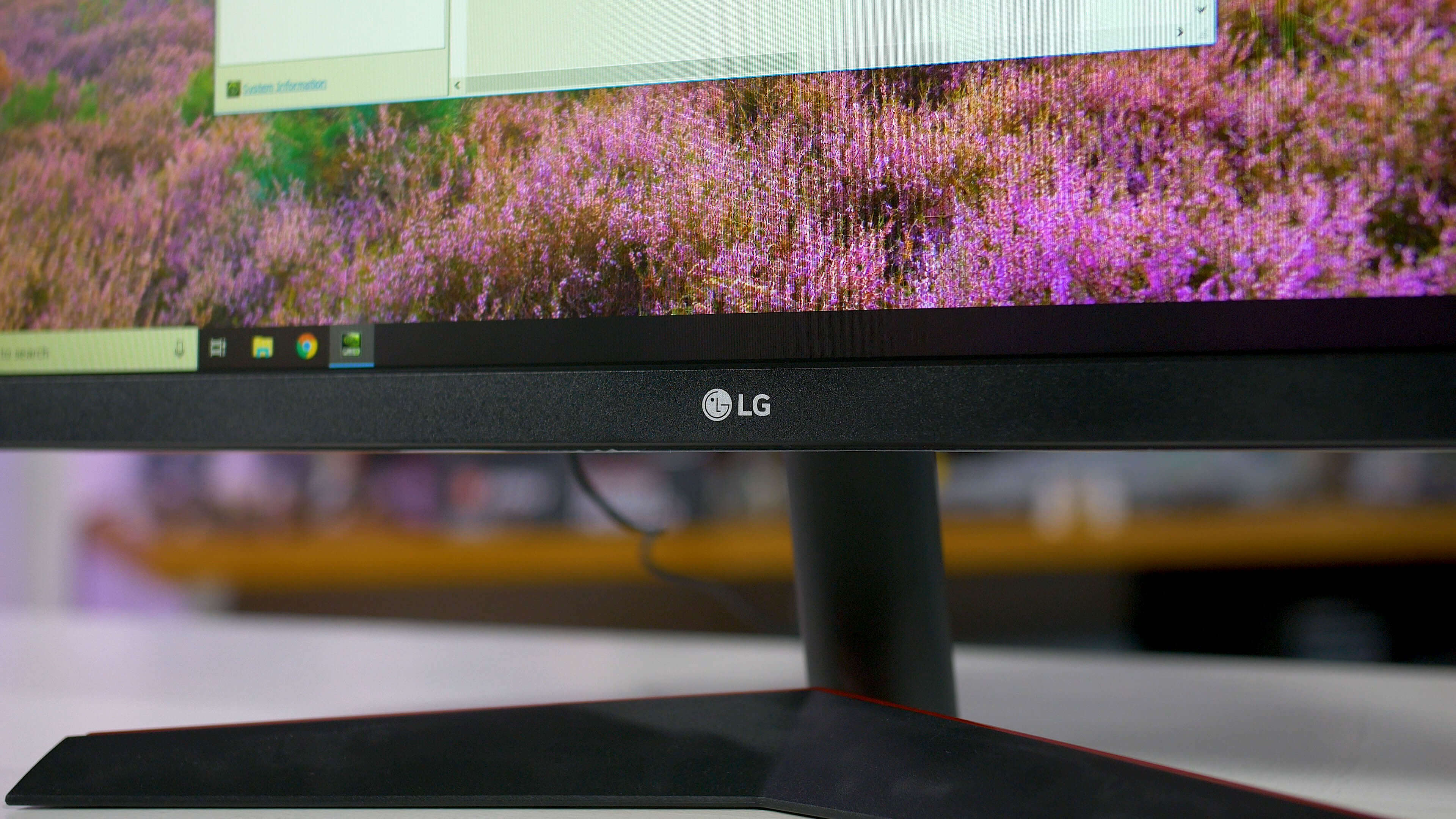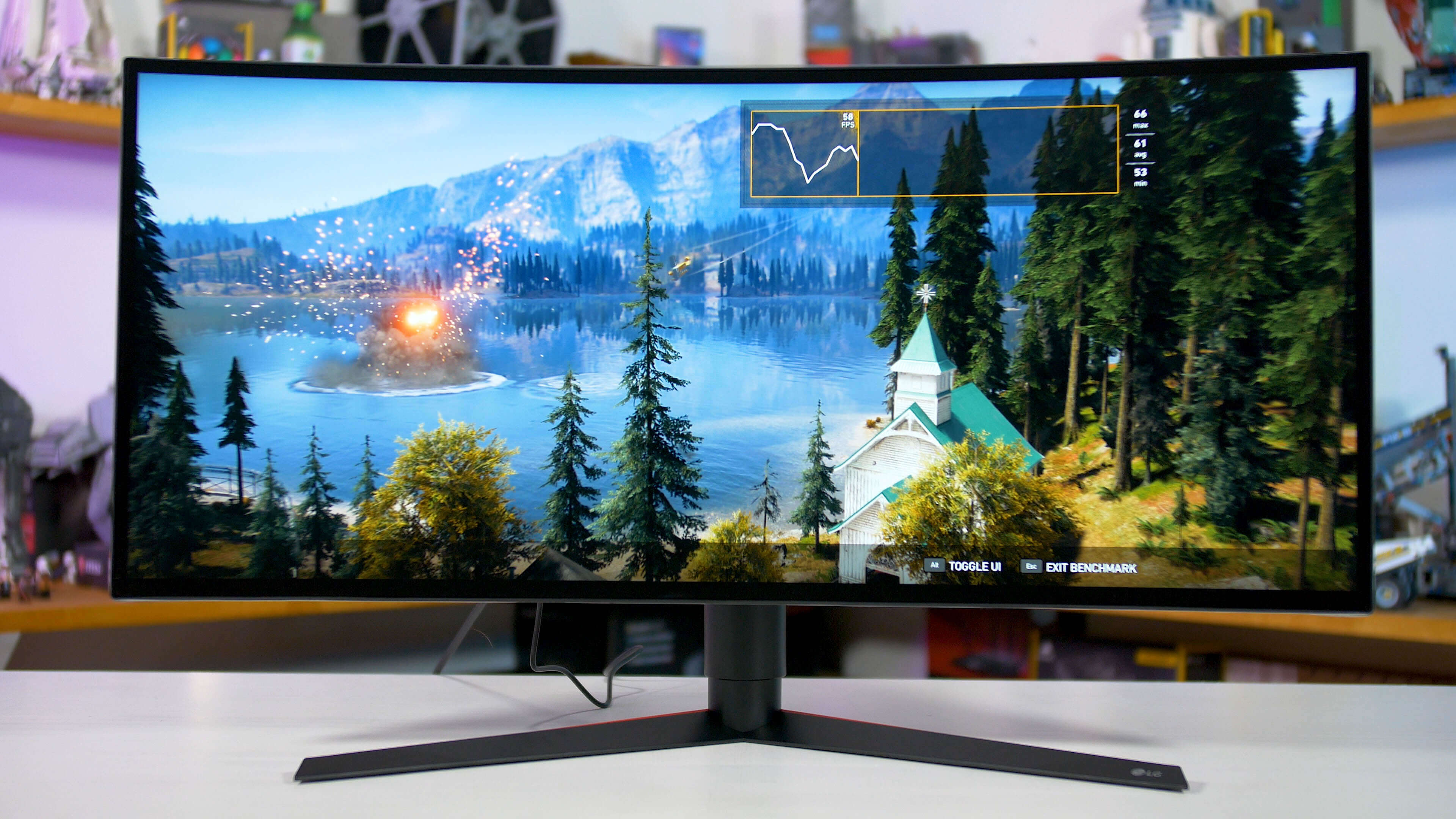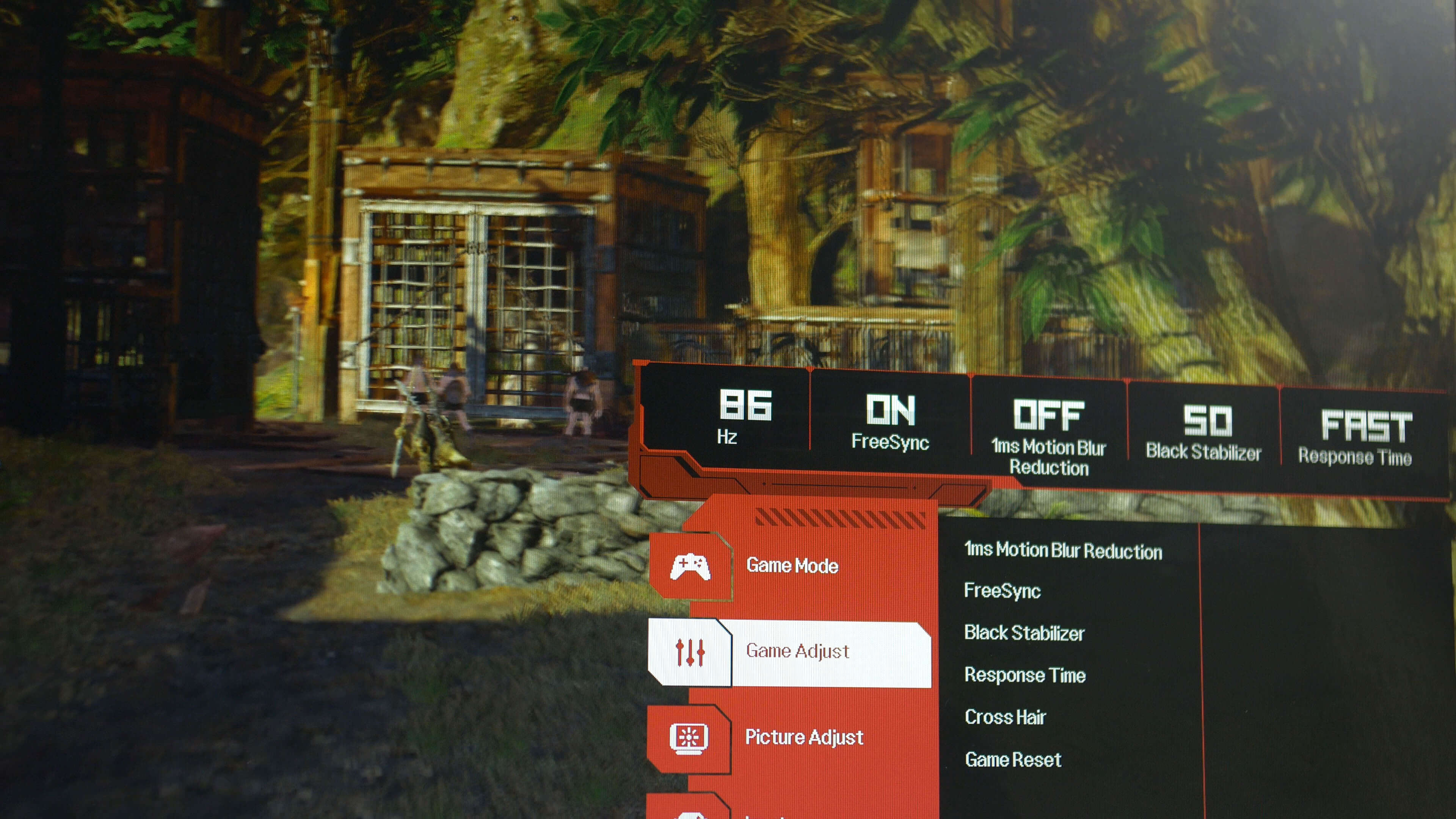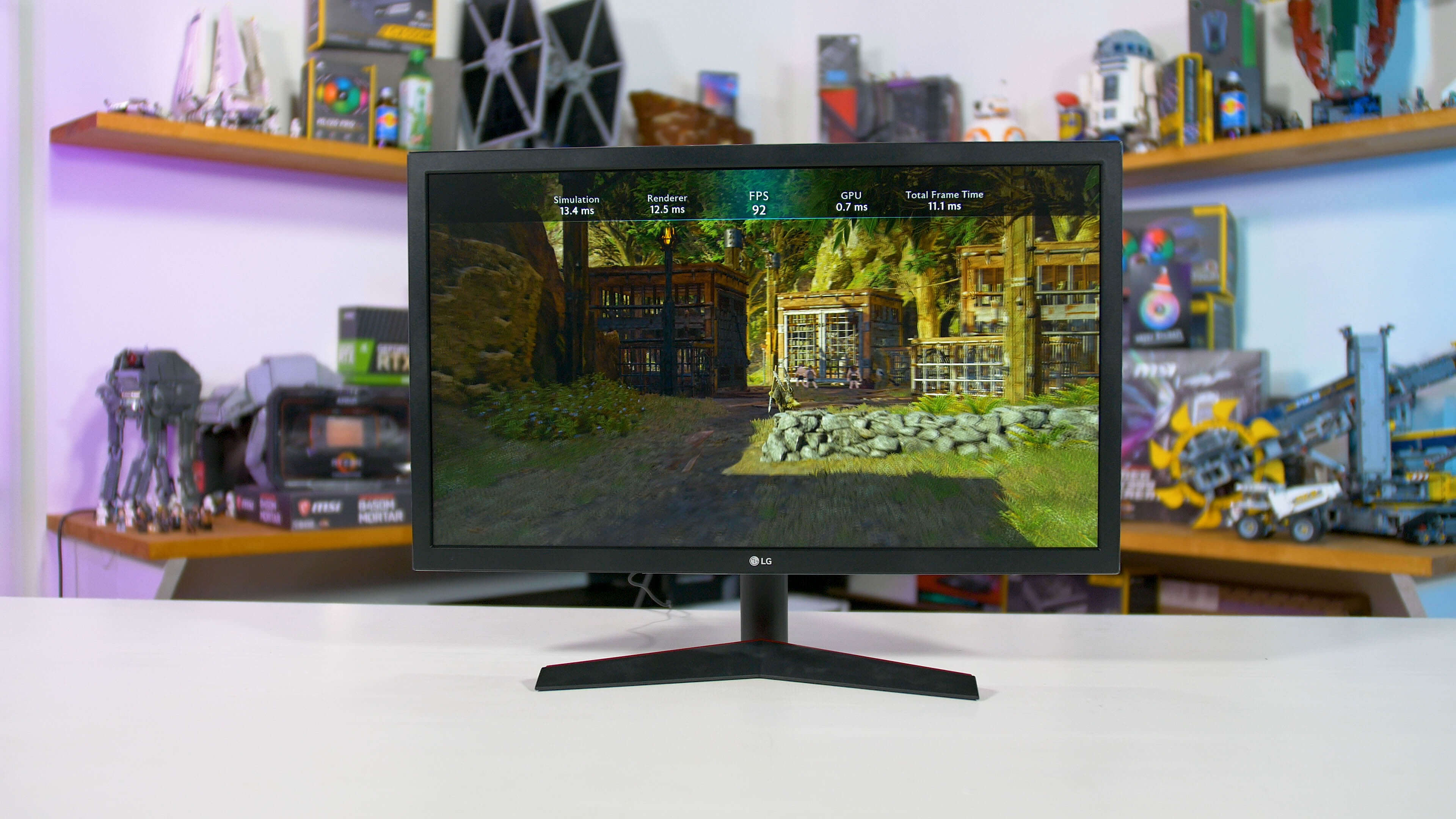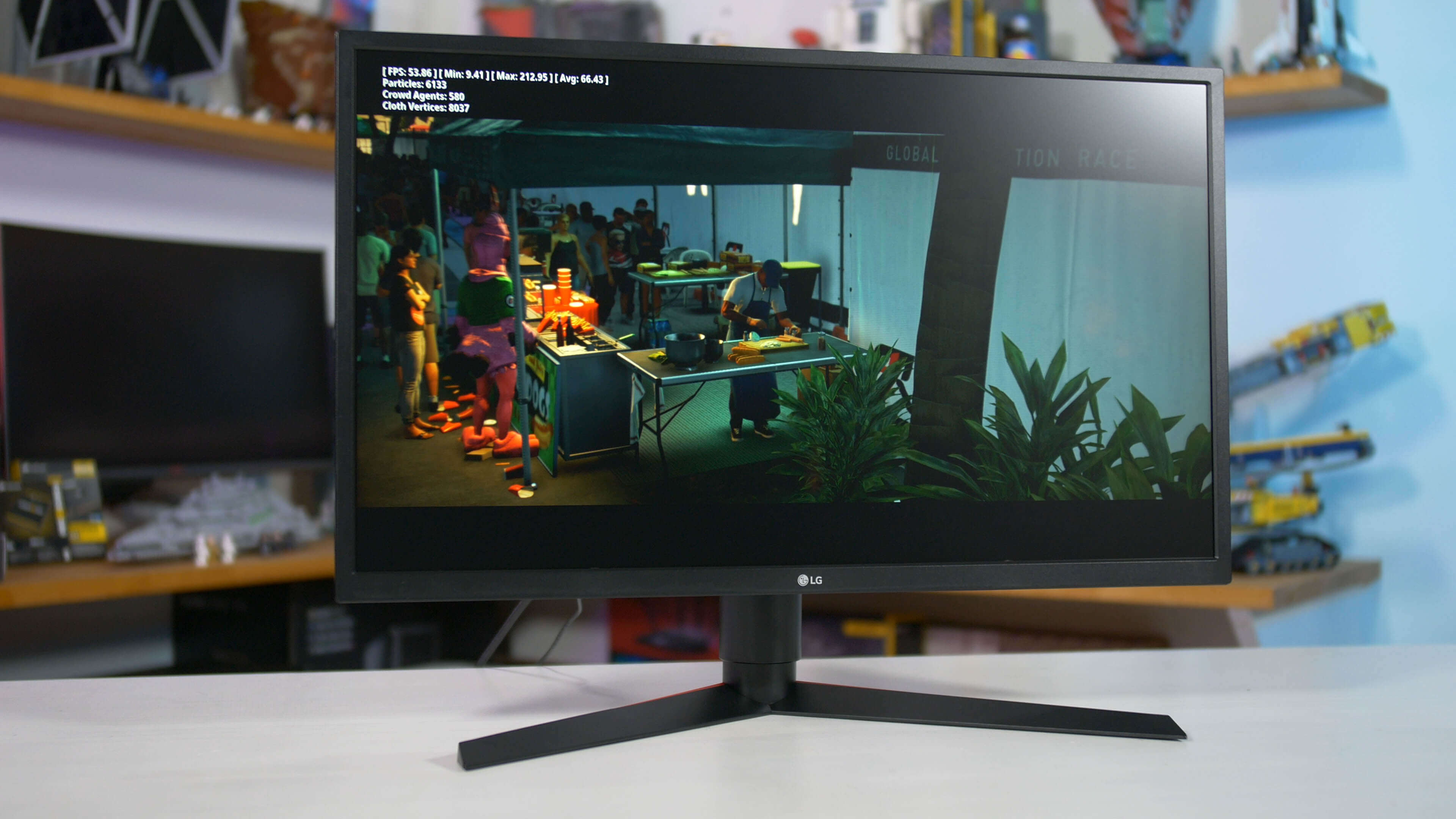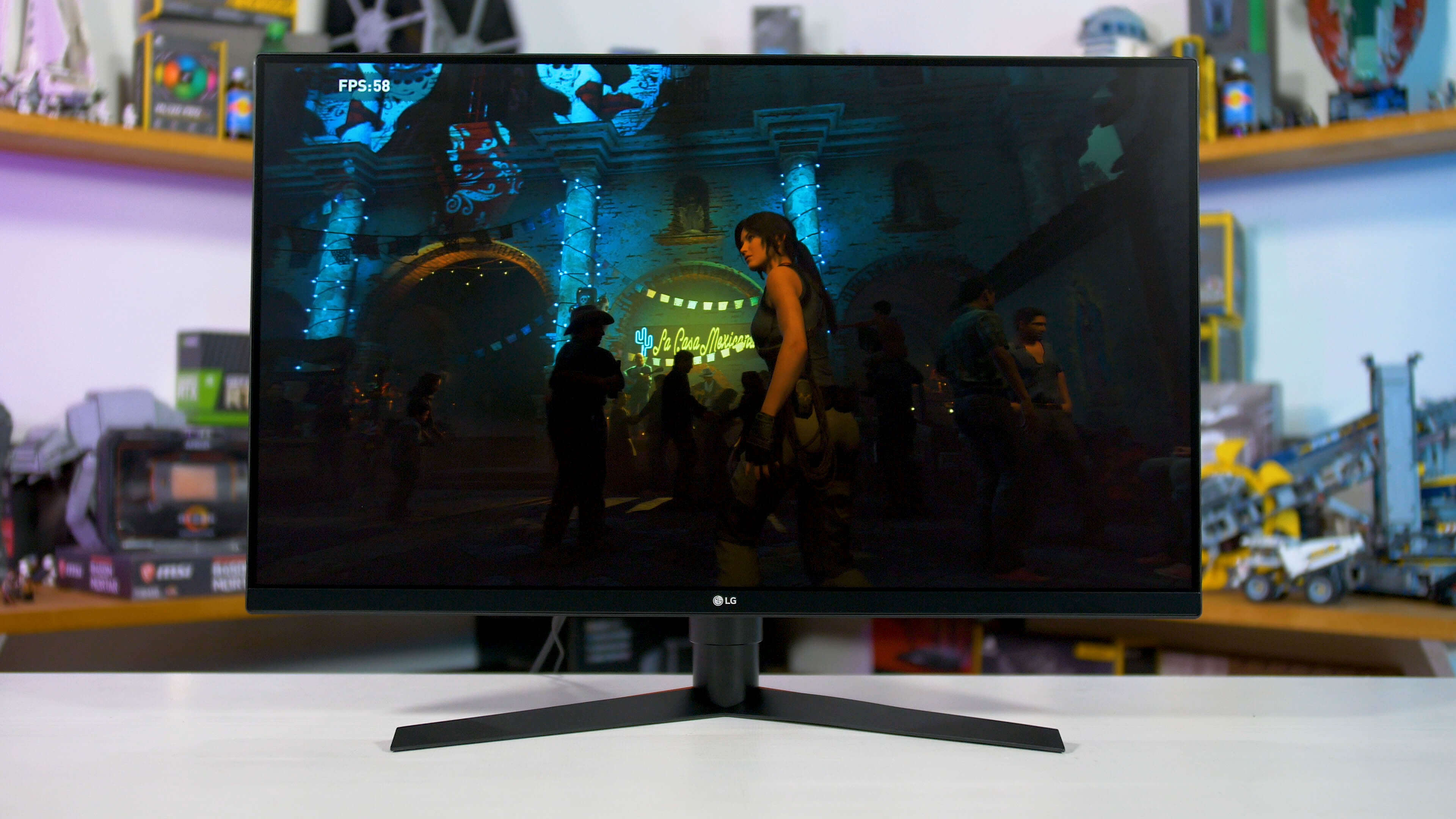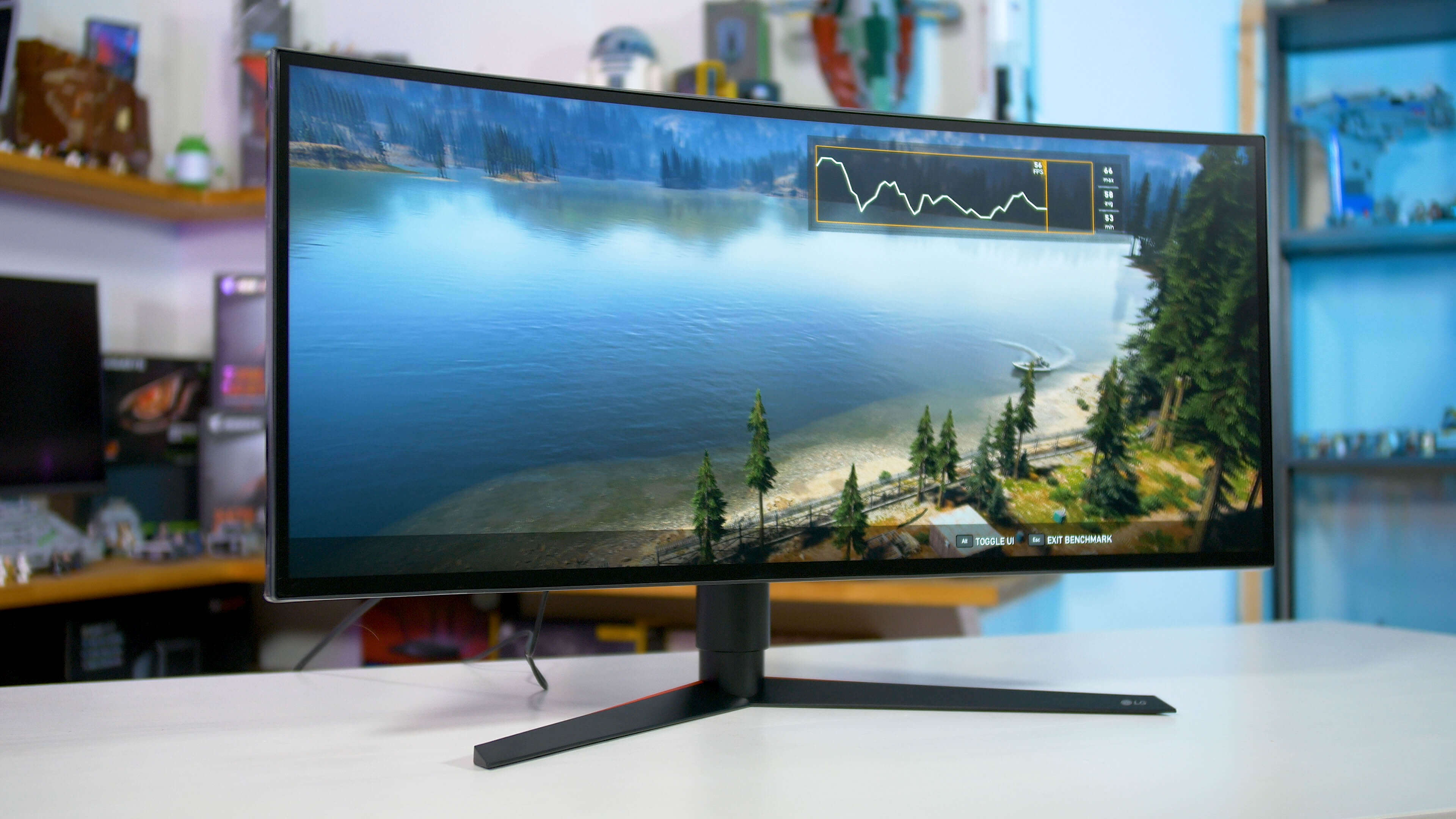Earlier this year we put Nvidia's support for FreeSync monitors to the test, grabbed every FreeSync monitor we had in the office, hooked them up to a collection of Nvidia GPUs, and verified that in all cases adaptive sync worked as expected.
LG saw that article and noticed we didn't test any LG monitors – we didn't have any on hand – so they did their part and sent us five of their latest gaming monitors for a test drive to see how well they behaved with Nvidia GPUs. We haven't formally reviewed any LG monitors in a long time, and we thought we'd take the opportunity to revisit Nvidia's FreeSync support with a collection of new, and in some cases, quite popular displays.
As a quick refresher, about two months ago Nvidia opened up to support the VESA Adaptive Sync standard (a.k.a. FreeSync) with their Pascal and newer graphics cards. All it took was a driver update, and voila!
As a side note, Nvidia's current GPU architectures have had the ability to drive adaptive sync displays – it's effectively how G-Sync works in laptops – but for desktop cards it was locked down, so Nvidia could push their G-Sync monitor ecosystem.
Since the update, we now have a multi-tier monitor ecosystem for GeForce GPU owners. At the top we have the monitors that feature a custom G-Sync module, branded as either "G-Sync" or "G-Sync Ultimate" for HDR monitors. Below that we have G-Sync Compatible; these are adaptive sync monitors Nvidia has certified to work properly with their GPUs. They have almost the same feature set as full G-Sync displays, and they will have adaptive sync enabled by default out of the box.
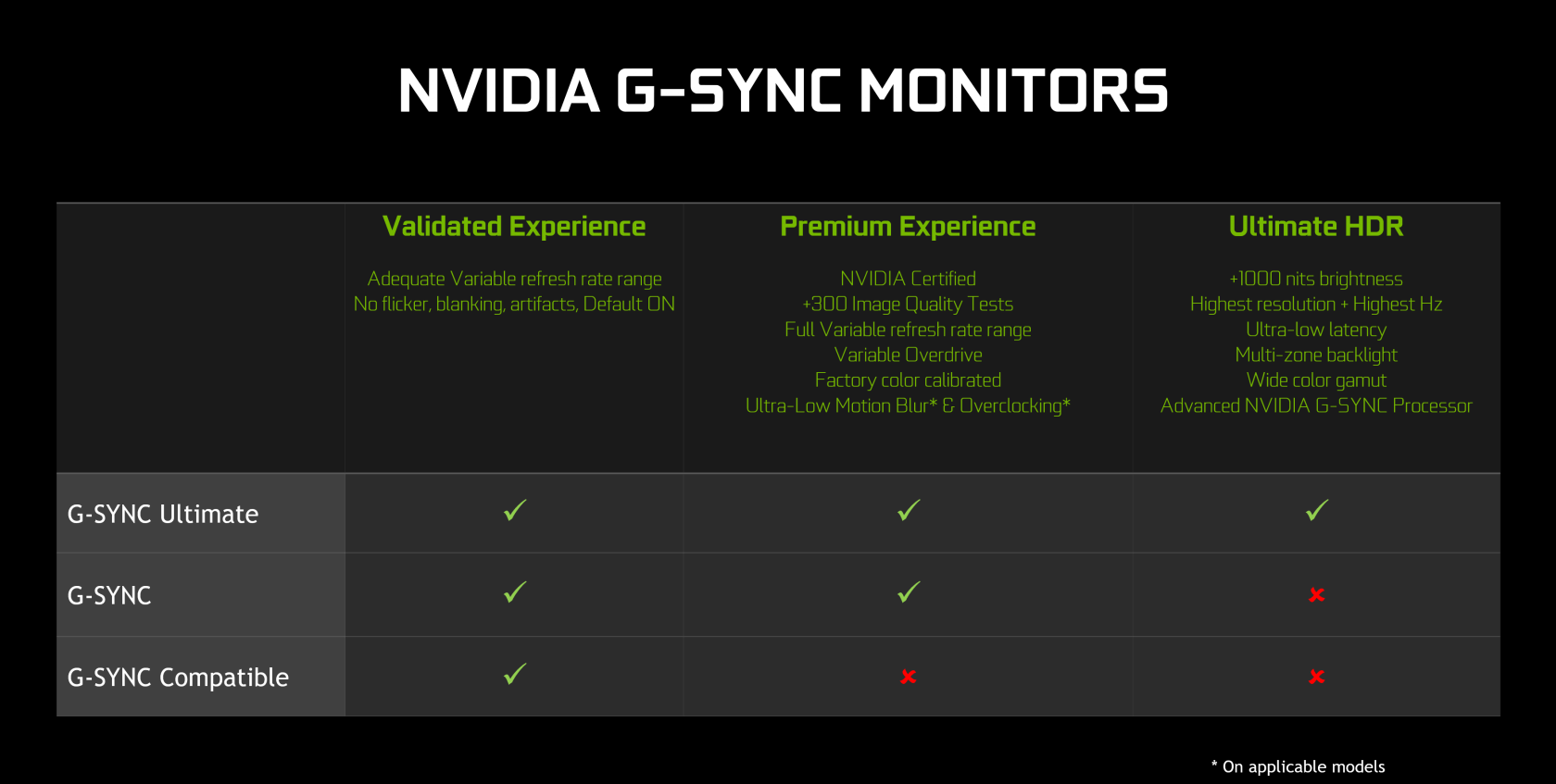
However, there's also an option in the Nvidia Control Panel to enable adaptive sync on any FreeSync monitor, regardless of whether it's been certified or not. So you don't need to go out of your way to buy a G-Sync Compatible monitor, because any FreeSync display should work fine, and that's what we showed in our previous article and what many of you guys have been telling us as well.
This was a positive and almost generous move by Nvidia, or at the very least a welcomed shift in their strategy. Nvidia did take the time to discredit the FreeSync ecosystem for reportedly having issues like blanking or flickering, suggesting that their certification process was necessary to ensure you don't end up with issues. But from what we've seen, 99% of uncertified monitors work fine. In fact, those cited issues are not problems with FreeSync, rather they're monitor-specific problems that if you encounter them, you should return the display.
The tests we performed were very straightforward. We plugged in all LG monitors to a test rig loaded up with a GeForce RTX 2080 Ti, one at a time, of course. The next step was to enable FreeSync in the monitor's settings, all five displays came with FreeSync disabled out of the box, you need to turn it on using the on-screen display for Nvidia to recognize it as an adaptive sync monitor.
Where possible we used the extended FreeSync mode, which delivers the widest refresh rate range.
LG actually notes this mode, which is almost a form of display overclocking, could cause flickering, but we'll discuss whether this was an issue when we go through each model.
After enabling FreeSync in the display's settings, we enabled adaptive sync in the Nvidia Control Panel and we were good to go. The five monitors were recognized as supporting adaptive sync by the GPU after FreeSync was enabled, so that was the first good sign.
One of Nvidia's requirements for G-Sync Compatible certification is to have FreeSync enabled by default, so we suspect that's one reason these LG monitors don't immediately pass certification. Bit of a nitpick requirement because it means many FreeSync monitors fail certification despite being otherwise perfectly capable.
Going through each monitor individually, basically we were checking whether there were any flickering issues, blanking, refresh rate inconsistencies, and so on, when adaptive sync was activated. In particular we were interested in seeing how the monitors behaved around potentially problematic points: below the minimum refresh rate and transitioning in and out of the refresh windows.
LG 32GK850F 32" QHD ($645)
The first monitor we tested was the LG 32GK850F, a 32-inch flat VA panel with a 1440p resolution and 144 Hz maximum refresh rate. This is also a FreeSync 2 certified display, supporting HDR with DisplayHDR 400 certification. This monitor has a 50 to 144 Hz refresh window, so it supports a crucial feature called low framerate compensation (or LFC), which extends the adaptive sync window down to 1 Hz, allowing the monitor to have no minimum refresh.
You'll only get a good FreeSync experience with monitors that support LFC, so we're glad to report LFC works fine with this monitor and Nvidia GPUs as expected.
We encountered no issues with this display. The transition inside and out of the refresh window, around the 45 to 55 Hz range, was handled perfectly without flickering or artifacts. LFC is activated as expected. And the monitor works with FreeSync whether you have HDR enabled or disabled, so turning on HDR has no impact on the adaptive sync experience. A great result and this is a monitor that I think is great quality in general with a top-notch VA panel, plus we love that it's flat.
LG Ultragear 24GL600F-B 24" ($280)
The 24GL600F is a more basic gaming monitor, featuring a 24-inch 1080p 144Hz TN panel. It's designed to slot into that budget high-refresh category. No issues with this monitor, it too supports LFC, and we saw no problems transitioning in and out of the refresh window.
The only minor concern is that the monitor doesn't come with a DisplayPort cable in the box. Not a big deal since a DisplayPort cable costs all of $10, but if you were to use the included HDMI cable (perhaps a less tech-inclined gamer) you will not get FreeSync support as Nvidia GPUs do not support FreeSync over HDMI. Over DisplayPort, as expected there are no issues.
LG 27GK750F-B 27" FHD ($348)
Next up we have the 27GK750F, a rare 27-inch 1080p 240 Hz TN display. Normally you only see this refresh rate at 24 inches in size. A decent unit this one, especially if you want that super high refresh rate; when gaming this monitor feels really fast and some of that is down to lightning quick response times.
This isn't a review of the display, but we can report it works perfectly with adaptive sync on an Nvidia GPU.
Again, it supports LFC with a 48 to 240 Hz refresh window and across the entire refresh range, everything is handled well, no flickering or anything like that.
LG 32GK650F-B 32" QHD ($397)
The fourth display is the 32GK650F which is basically the same monitor as the 32GK850F but without HDR support and a lower price tag to match. It remains a 32-inch 1440p 144Hz VA, with a 50 to 144 Hz refresh window.
You guessed it too, we observed no issues with this display and with this combination of specs you're getting a great gaming experience if you have a decent enough GPU to drive it.
Certainly with the RTX 2080 Ti playing games on ultra settings above 100 FPS at 1440p was a blast.
LG 34GK950F-B 34" 21:9 WQHD ($1,188)
The last display we tested is the ultrawide 34GK950F, a 34-inch IPS monitor with a 3440 x 1440 resolution, 144 Hz maximum refresh rate and HDR support. It's another of LG monitors that supports FreeSync 2, although this isn't a feature you can use with Nvidia GPUs. You can still use adaptive sync and HDR at the same time, you just can't enable FreeSync 2 in games that support it like Assassin's Creed Odyssey, as the feature is exclusive to AMD GPUs.
Support for LFC is present thanks to a 60 to 144 Hz refresh range and we didn't experience any flickering or blanking problems below or above the minimum refresh. We also wanted to specifically check the maximum refresh because 144 Hz is a step above the 120 and 100 Hz monitors we've been seeing with similar specs lately, but even right up at 144 Hz there were no issues using the extended FreeSync mode.
Closing Notes
As expected, all five monitors work perfectly with an Nvidia GPU to provide a fluid adaptive sync experience. All are high refresh models that support LFC, so the experience is as good as it should be with no abrupt transition between FreeSync on and off as your frame rate drops. It's overall a really smooth experience on all of these displays.
LG was one of the first manufacturers to jump aboard the adaptive sync train and in 2019 their range has grown significantly to encompass lots of different models. Even their new TVs this year support FreeSync over HDMI for AMD GPU owners.
As we said in the original article, we think it's safe to say if you purchase a new FreeSync model today that it will work fine with Nvidia GPUs. You shouldn't expect to see any graphical issues, whether you buy an LG monitor or a display from a different maker. Only the very early, older FreeSync monitors may have some issues.
Thus our recommendation continues to be to select your next monitor on its merits, features and preference. If it's a FreeSync gaming monitor and you can save some money, that's great. GeForce GPU owners no longer you need to bother with G-Sync for getting proper variable refresh rate, unless that's the monitor you want for other factors as mentioned above. These results from a selection of LG monitors just reinforces that FreeSync gaming displays can and will perform perfectly.

